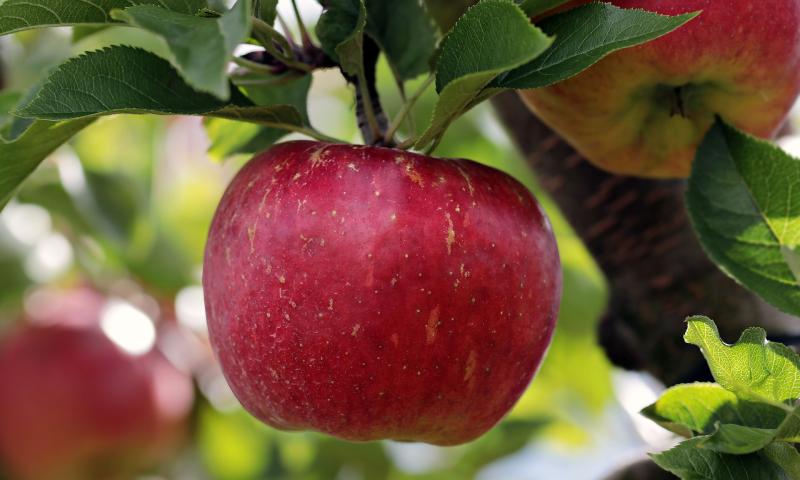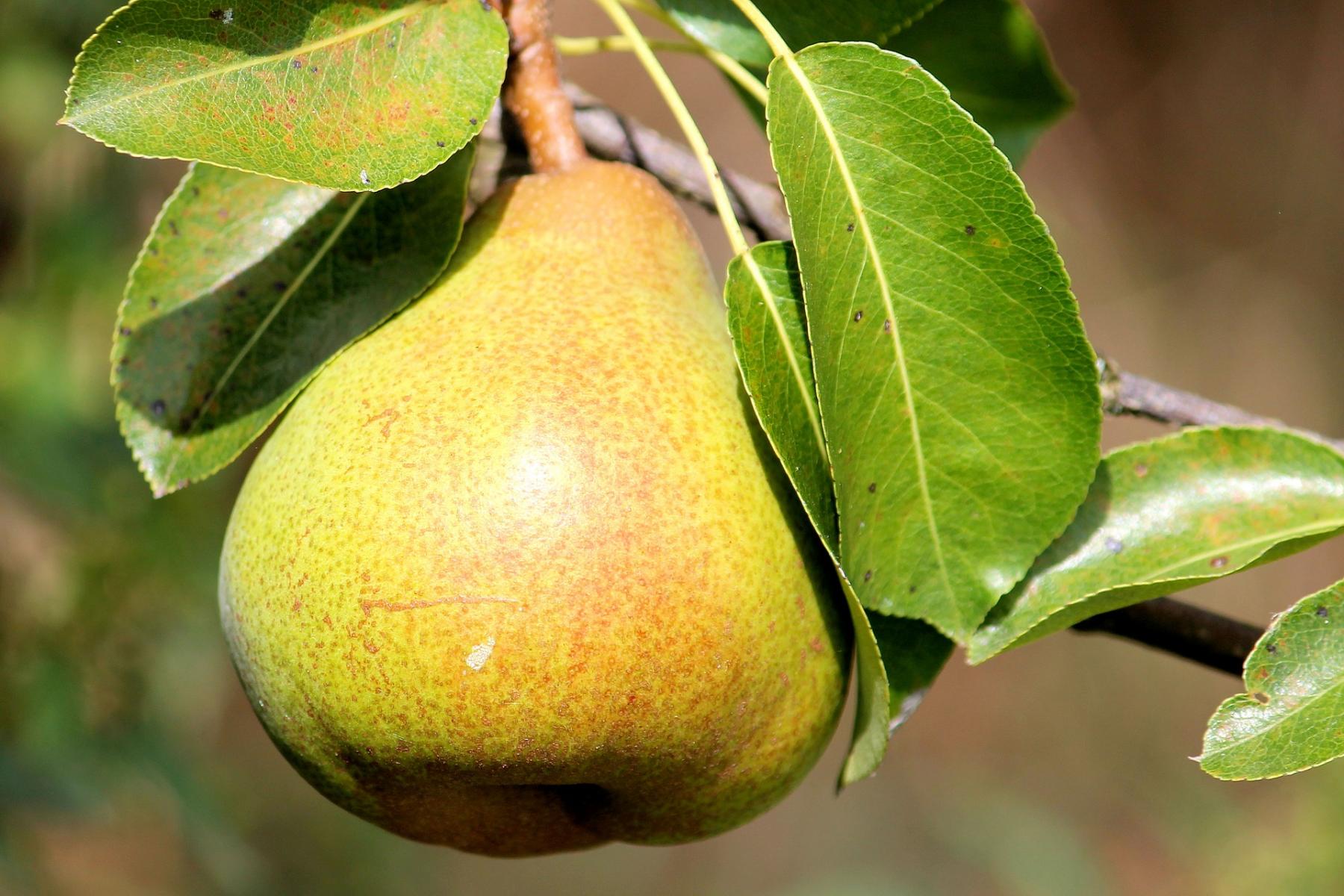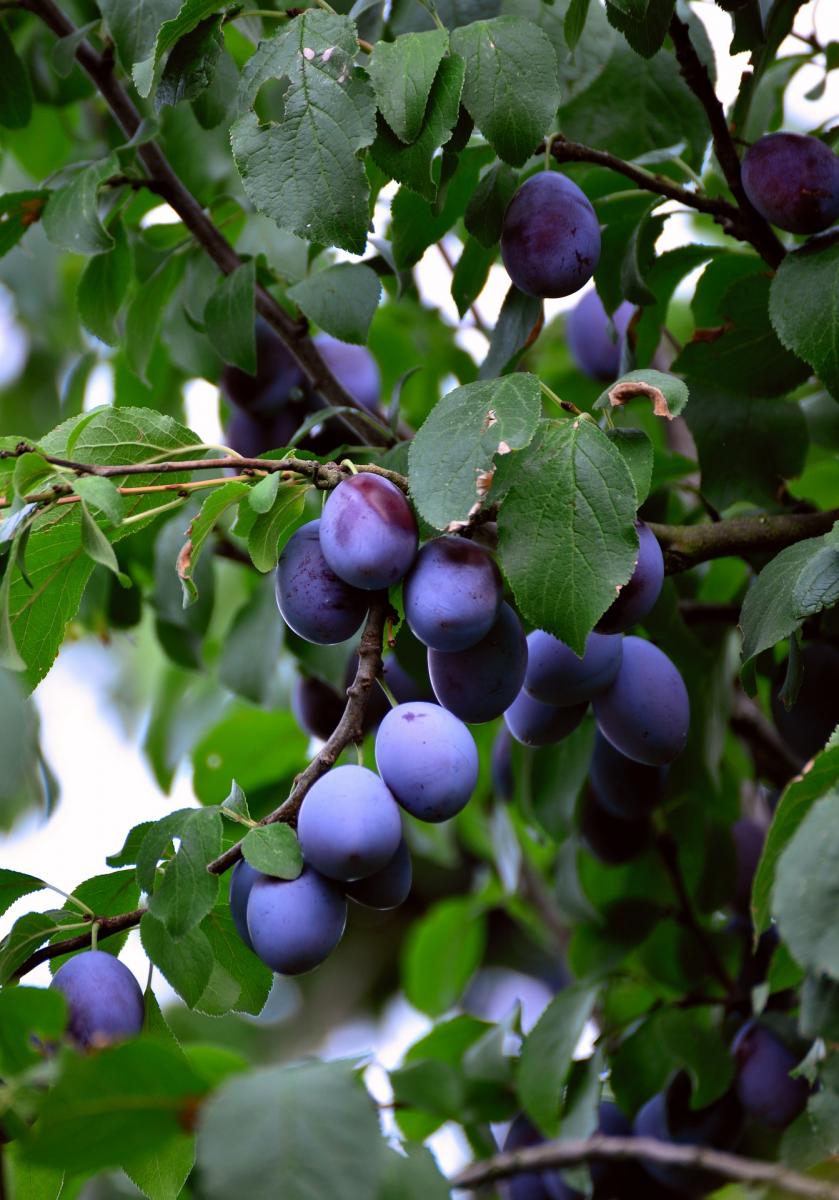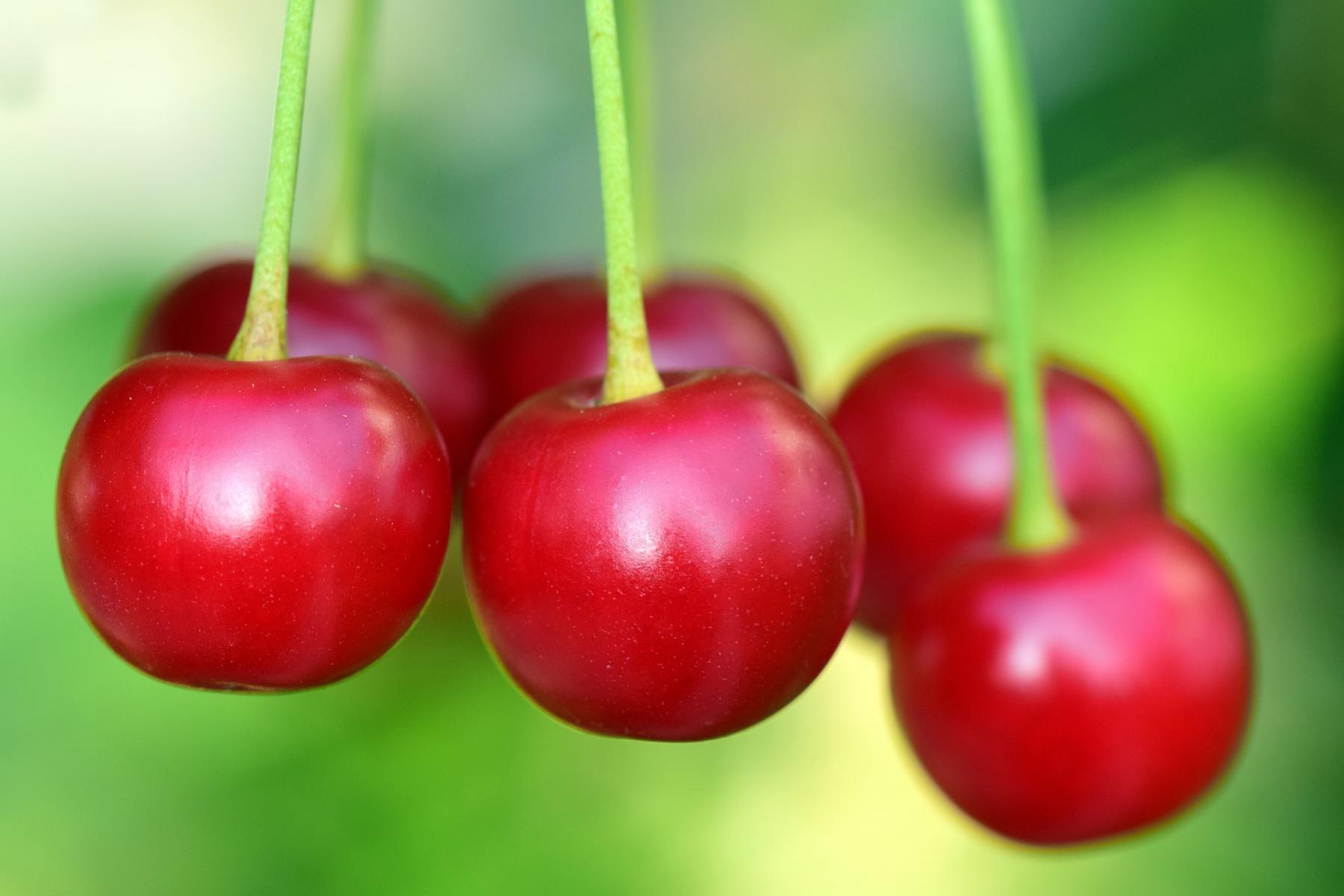
Tree fruits look very appealing in garden magazines and catalogs. But not all tree fruits in the catalogs do well in eastern Nebraska. Important considerations to make sure trees thrive and produce well include winter hardiness, bloom time, disease resistance, growth requirements and regular maintenance.
HardinessExtreme winter conditions are the biggest limiting factor for backyard tree fruits. Nebraska typically experiences periods of unseasonably warm weather in mid-winter, during which trees may begin to lose full winter hardiness. When warm periods are followed by normal winter temperatures, damage often results including death of flower or leaf buds, or damage to the tree’s bark. Or sudden temperature drops in fall, following abnormally warm fall conditions. Hail, wind, high summer temperatures and frequent drought also contribute to early fruit tree death.
Crops such as peaches, nectarines, and sweet cherries frequently suffer flower death when grown in our climate. Apricots have difficulty because they bloom so early in the spring, making them very susceptible to spring frosts. Choices for the home orchard are therefore best made from a list that includes apples, pears, sour cherries, and plums.
Growing RequirementsAll tree fruits prefer full sunlight. Although they may in fact grow in partial shade, fruit quantity and quality will be lower. Choose a site with well-drained soil and elevated somewhat higher than the surrounding terrain so cool air will "drain" to lower landscape levels. This helps avoid cold air pooling around your trees and resulting in frost damage, which is especially important during spring bloom.
Soil pH ranges from 5.6 to 7.0 are best for tree fruit crops.
Keep in mind the pollination requirements of the various trees. Planting two or more different varieties assures adequate pollination and fruit set.
ApplesThe most popular backyard tree fruit for this area, there are many apple cultivars available with variation in time of ripening and best use (cooking, eating, or both). Scab immune (SI) varieties are resistant to apple scab disease. Plan on at least 2 varieties in the planting to assure cross-pollination.
Consider the following cultivars with good resistance to both cedar-apple rust and apple scab - Enterprise, Freedom and Liberty.
 PearsRequirements for pears are very similar to apples, although insect and fungal disease problems may not be as severe. Pear production is limited somewhat by a disease called fireblight, which can also occur on apples. Pears with good resistance to fireblight include Moonglow, Magness, Luscious, Harrow Sweet, Harrow Delight, Starking Delicous and Harvest Queen.
PearsRequirements for pears are very similar to apples, although insect and fungal disease problems may not be as severe. Pear production is limited somewhat by a disease called fireblight, which can also occur on apples. Pears with good resistance to fireblight include Moonglow, Magness, Luscious, Harrow Sweet, Harrow Delight, Starking Delicous and Harvest Queen.
 PlumsPlums will grow in this area, but choose European types over Japanese types and hybrids. European trees typically bloom later, suffer less flower damage from spring frost and are more reliable producers. Plant any two European types for cross-pollination. The most serious problem on plums in our area is black knot disease, which is difficult to control. Cultivars include Earliblue, Damson.
PlumsPlums will grow in this area, but choose European types over Japanese types and hybrids. European trees typically bloom later, suffer less flower damage from spring frost and are more reliable producers. Plant any two European types for cross-pollination. The most serious problem on plums in our area is black knot disease, which is difficult to control. Cultivars include Earliblue, Damson.
 Tart CherriesSweet cherries will not do well in this area, but tart varieties do. All are called self-fruitful, which means cross-pollination is not needed. The best traditional tree cultivars for Nebraska include Montmorency, North Star and Balaton.
Tart CherriesSweet cherries will not do well in this area, but tart varieties do. All are called self-fruitful, which means cross-pollination is not needed. The best traditional tree cultivars for Nebraska include Montmorency, North Star and Balaton.
But also consider the bush cherry cultivars Carmine Jewel, Crimson Passion, Juliet and Romeo.
Consider Mature Tree SizeFinally, keep in mind both pest control and pruning are regular maintenance practices needed for productive fruit trees. Regular pruning will assure a strong framework for the tree, so it can support a load of fruit. In addition, regular pruning keeps trees productive, assures good airflow through the tree, and makes it easier to work in the tree.
Many fruit trees are available on dwarfing rootstocks. Use of these trees is great for growers with limited space. Plus smaller tree size makes pruning, harvesting and pest control easier.
For More InformationColumnar Apples – Growing Fruits in the Small Home OrchardFruit Tree Cultivars for NebraskaBush Cherries – A Game-changer for the Home Orchard
Images from Pixabay.